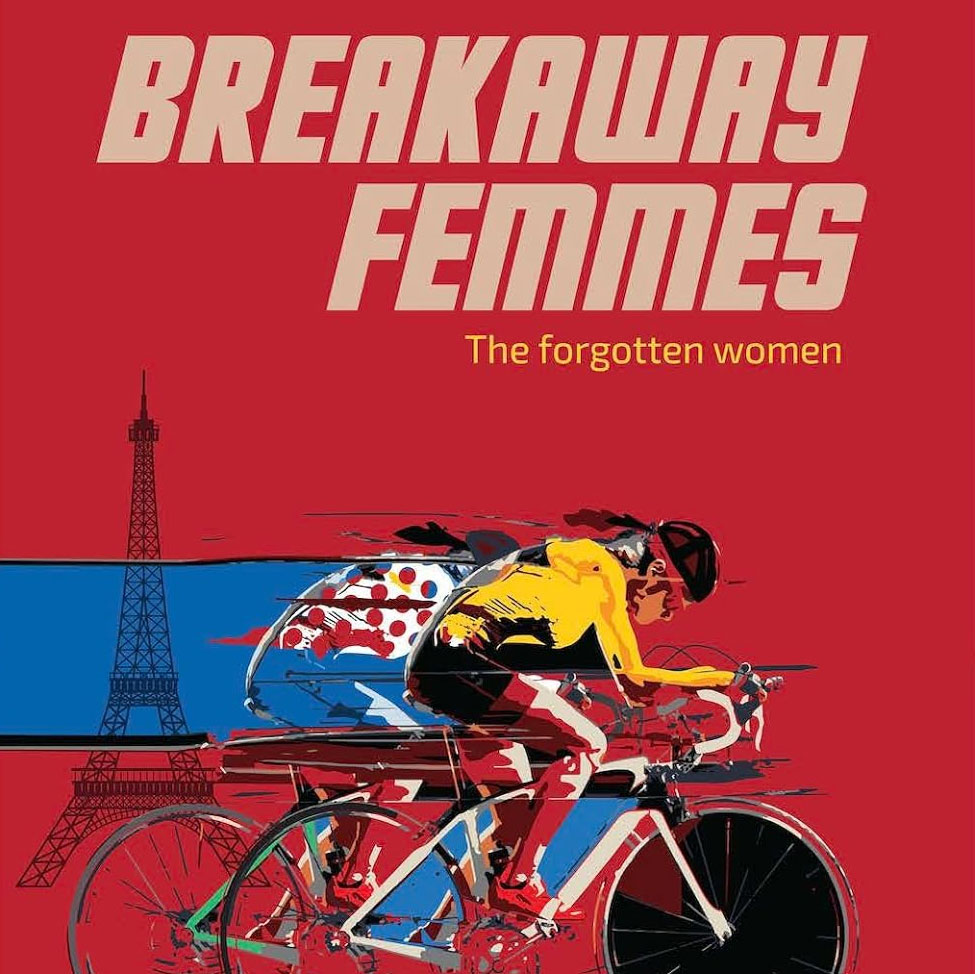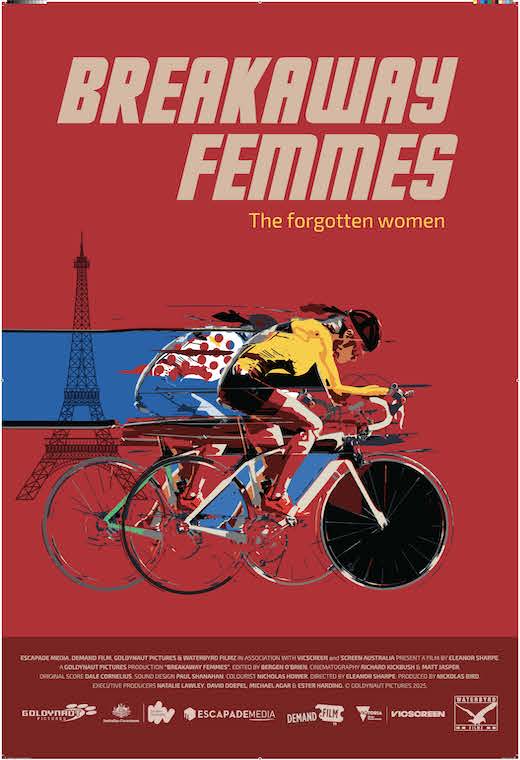
Over the past decade or so, I’ve recapped most Tours due France. I’ve watched all of them, but somehow it has only recently become an annual thing.
I also watch every Tour de France Femmes avec Zwift, and sometimes I write about them. As a spectator, both Tours offer excitement, and for me, it’s the joy of experiencing two Tours per year, which I’m all for.
To learn a little bit about how we got here – what was before and what happened – I dove into Breakaway Femmes: The Forgotten Tour De France.
The thing is, this is only about the second forgotten Tour. As I learned in this doc, there was apparently one in 1955, but it was a one-off off fated to never return until 1984, which also coincided with the first women’s cycling road race at the Olympics.
These two events overlapped that year, so the talent was split, but from 1984 to 1989, the women’s peloton, while more amateur due to a lack of money and not of talent, did compete every day on every stage before the men’s tour.
The women’s peloton was no different than the men’s. The rivalry between Maria Canins and Jeannie Longo was like today’s Vingegaard v. Pogacar matchup, with Canins winning in 1985 and 1986 ahead of second-place Longo. The roles reversed as Longo took the top step and Canins fell to second in 1987 through 1989. There were also doping allegations, which seem to be a part of not just cycling but any sport that existed in the 1980s and 1990s.
This documentary is a monument to the women who rode those 1980s Tours, letting us get to know their individual stories and their shared one. These women were warriors who had to pay their own way, often with loans, credit cards, and debt, just to compete.
So what happened in 1989? Why is the next women’s race not until 2022? That’s the other side of the story, but it only offers speculation. No one, at least on camera, knows definitively what happened.

But we’re only part of the way back through history. The 1980s Tours due France were raced ahead of the men, starting partway through the men’s stage, but it was still the full three weeks of racing. The current iteration of the tour is nine stages that start on the day the men’s race ends.
This is in line with the other two big races – the Vuelta Espana and Giro d’talia – which also have three-week 21-stage races for men and seven or eight stages for women.
This is why this documentary is so important. Those women in the 1980s rode for the full three weeks. They did it on their own dime with a single bike, maybe some extra wheels, and their wits. No motor coach, no extra bikes, no mechanic – just their sheer will. Now that the race is happening again, this time with the aforementioned benefits plus a masseuse and almost all the amenities the men’s peloton have access to, the next step is to go for a full three weeks.
Hopefully, this iteration of the women’s tour is not to be forgotten again, like the Tour de France Féminin from 1984- to 1989. The next documentary on this I wish to see is one of the first full three-week Tour de France Femmes, and nothing more, other than good, dramatic racing.
Read the Secret File of technical information and quotes from Breakaway Femmes.